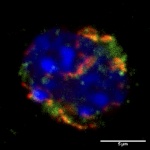
News • Cell biology
Improved stem cell transplantation may be on the horizon
Researchers in Germany have demonstrated that hematopoietic stem cell (HSC) transplants can be improved by treatments that temporarily prevent the stem cells from dying.

Researchers in Germany have demonstrated that hematopoietic stem cell (HSC) transplants can be improved by treatments that temporarily prevent the stem cells from dying.
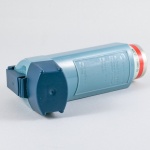
Respiratory tract infections in young children are linked to an increased risk of asthma and worse lung function in later life, according to new research to be presented at the European Respiratory Society International Congress.
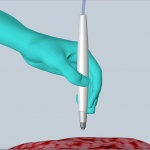
A team of scientists and engineers at The University of Texas at Austin has invented a powerful tool that rapidly and accurately identifies cancerous tissue during surgery, delivering results in about 10 seconds—more than 150 times as fast as existing technology.
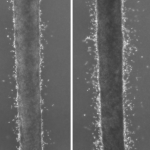
As cancer grows, it evolves. Individual cells become more aggressive and break away to flow through the body and spread to distant areas. What if there were a way to find those early aggressors? How are they different from the rest of the cells? And more importantly: Is there a way to stop them before they spread?
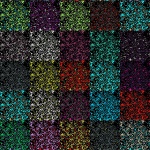
Dr. Wolf M. Harmening from University Eye Hospital Bonn, together with American colleagues, studied color vision by probing individual sensory cells – photoreceptors – in the human eye. The results reveal that proximity effects play a key role in how we perceive colors.

The mouse is the most widely used model organism to understand human genetics, biology, and diseases in the research setting. But new research findings have revealed important divergences between the species which scientists will need to understand better through further investigation.

Recent outbreaks of Zika virus have revealed that the virus causes brain defects in unborn children. But researchers from Washington University School of Medicine in St. Louis and the University of California, San Diego report that the virus could eventually be used to target and kill cancer cells in the brain.
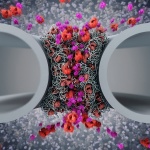
New research reveals how shuttling proteins known as importins control the function of nuclear pores. An insight that could help in the fight against cancer.
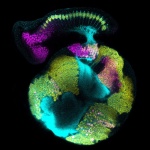
A team of biologists has found an unexpected source for the brain’s development, a finding that offers new insights into the building of the nervous system.

A new study suggests that middle-aged people who report that they are slow walkers could be at higher risk of heart disease compared to the general population.
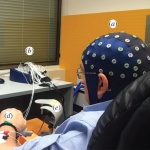
University of Adelaide researchers have shown that it is possible for stroke patients to improve motor function using special training involving connecting brain signals with a computer.

Patients with unresectable, or inoperable, lung cancer are often given a dismal prognosis, with low rates of survival beyond a few years. Researchers exploring combination therapies have recently discovered improved survival rates by up to one year when patients treated with a newly formulated chemotherapy regimen are also given radiation therapy.
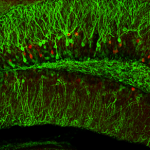
Columbia University Medical Center researchers have found that it may be possible to access memories “lost” to Alzheimer’s disease, if their discoveries about memory loss in mice also apply to people with the disease.
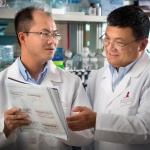
Researchers have evidence that specialized T cells are vulnerable to exhaustion that may contribute to allergic reactions.

Could a new weapon in the fight against arthritis be found somewhere beyond the sea? New research from Switzerland encourages this idea.

A nanolaser known as the spaser can serve as a super-bright, water-soluble, biocompatible probe capable of finding metastasized cancer cells in the blood stream and then killing these cells, according to a new research study.

Researchers discover a new molecule, ‘Singheart’, that may hold the key to triggering the regeneration and repair of damaged heart cells.
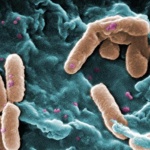
Chronic lung infections caused by the bacterium Pseudomonas aeruginosa require complex and, in most cases, long-term treatment with antibiotics—new medication is badly needed.
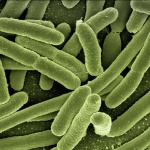
Researchers at the Swedish Medical Nanoscience Center at Karolinska Institutet have developed an innovative way of hacking conducting plastics so as to prevent bacterial growth.
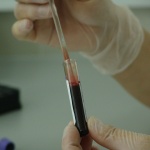
In a bid to detect cancers early and in a noninvasive way, scientists at the Johns Hopkins Kimmel Cancer Center report they have developed a test that spots tiny amounts of cancer-specific DNA in blood.
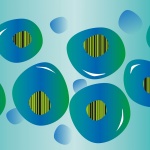
There are various concepts about how blood cells develop. However, they are based almost exclusively on experiments that solely reflect snapshots. In a publication in Nature, scientists from the German Cancer Research Center in Heidelberg now present a novel technique that captures the process in a dynamic way.

Headlines, of late, have touted the successes of targeted gene-based cancer therapies, such as immunotherapies, but, unfortunately, also their failures.
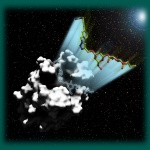
Scientists from the University of Würzburg have synthesized a complex sugar molecule which specifically binds to the tumor protein Galectin-1. This could help to recognize tumors at an early stage and to combat them in a targeted manner.

A new study suggests that a single exposure to e-cigarette (e-cig) vapor may be enough to impair vascular function.
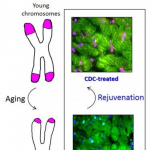
Cardiac stem cell infusions could someday help reverse the aging process in the human heart, making older ones behave younger, according to a new study from the Cedars-Sinai Heart Institute.